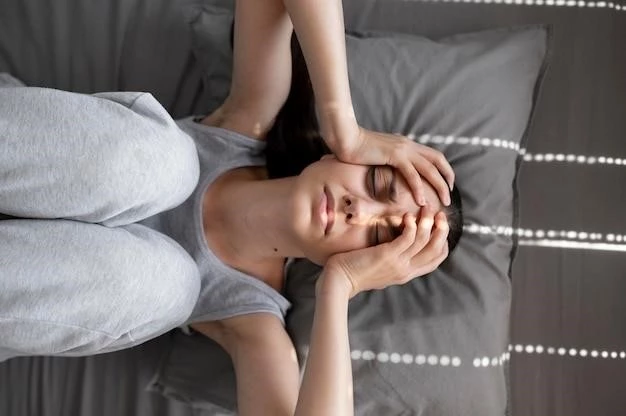Disease Eosophobia
Introduction
Eosophobia, also known as a fear of dawn, daylight, or being in the light, is a specific phobia characterized by intense anxiety about daytime and related situations. Individuals with eosophobia may experience dread of sunrise, trepidation of sunlight, and terror of midday, leading to significant distress and impairment in daily functioning.
This article aims to provide an in-depth understanding of eosophobia, its symptoms, coping mechanisms, and its impact on daily life. By shedding light on this lesser-known phobia, we hope to raise awareness and promote compassion for those struggling with the fear of daylight.
Understanding Eosophobia
Eosophobia is a complex phobia that centers around an irrational and persistent fear of daylight. This fear can manifest in various forms, from a general anxiety about being in the light to a specific dread of sunrise or midday. Individuals with eosophobia may experience physical symptoms such as rapid heartbeat, sweating, and trembling when exposed to daylight.
The underlying causes of eosophobia can vary, including past traumatic experiences, genetic predispositions, or learned behaviors. People with this phobia may feel overwhelmed by the brightness of the sun or the vulnerability they perceive during daytime. Understanding eosophobia requires recognizing the impact it has on an individual’s mental and emotional well-being.
Symptoms of Eosophobia
The symptoms of eosophobia can manifest both emotionally and physically. Individuals with this phobia may experience intense anxiety, panic attacks, and a strong urge to avoid daylight or brightly lit environments. They may also feel a sense of impending doom or terror when exposed to sunlight.
Physically, eosophobia can trigger symptoms such as increased heart rate, sweating, shortness of breath, nausea, and dizziness. These physical reactions are the body’s way of responding to the perceived threat posed by daylight. Over time, the fear of being in the light can significantly impact a person’s quality of life and mental health.

Coping Mechanisms for Eosophobia
Managing eosophobia involves utilizing various coping mechanisms to alleviate the fear of daylight and improve overall well-being. Cognitive-behavioral therapy (CBT) is a common treatment approach that helps individuals challenge and reframe irrational thoughts related to sunlight exposure.
Exposure therapy, where individuals gradually face their fear of daylight in a controlled environment, can also be beneficial. Relaxation techniques like deep breathing, meditation, and mindfulness practices can help reduce anxiety levels associated with being in the light.
In some cases, medications may be prescribed to manage symptoms of eosophobia, especially if the phobia significantly impacts daily functioning. Support groups and peer counseling can provide individuals with a sense of community and understanding as they navigate their fear of daylight.
Impact on Daily Life
The impact of eosophobia on daily life can be profound, affecting various aspects of an individual’s routine and well-being. Those with a fear of daylight may struggle to engage in outdoor activities, attend social gatherings during the day, or even perform regular tasks that require exposure to light.
Eosophobia can lead to isolation, as individuals may avoid sunlight altogether, impacting their relationships and overall quality of life. Work or school performance may suffer due to the anxiety surrounding daytime hours. The constant dread of sunrise and trepidation of sunlight can contribute to chronic stress and fatigue;
Seeking treatment and support for eosophobia is crucial in mitigating its effects on daily life. By addressing the fear of being in the light through therapy, medication, and coping strategies, individuals can gradually regain control and pursue a more fulfilling and balanced lifestyle.
Conclusion
In conclusion, eosophobia, the fear of daylight, can have a significant impact on an individual’s mental health and daily functioning. Understanding the symptoms, triggers, and coping mechanisms for this phobia is essential in providing support and treatment for those affected.
By raising awareness about eosophobia and promoting empathy and acceptance, we can create a more inclusive environment for individuals struggling with the terror of midday or the anxiety about being in the light. It is vital to prioritize mental health and seek professional help when needed to address and manage eosophobia effectively.
